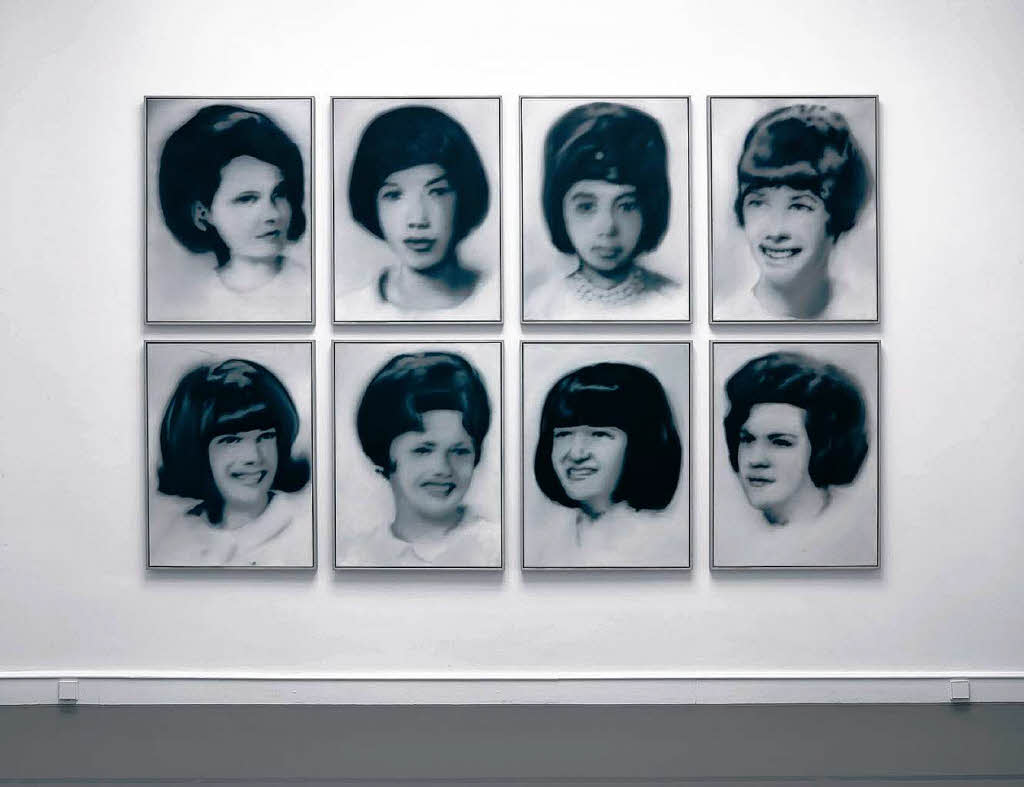Ai Weiwei’s three-part floor sculpture at the “Art Und Press” exhibition is a reminder of the complicated relationship between artists and the press. Now up at the Martin-Gropius Bau in Berlin, the piece is a twisted mass of reinforcing bars from a collapsed school in China, where over 100 children lost their lives after the May 2008 earthquake. Chinese newspapers refused to cover the tragedy; while parents grieved and wore black armbands, demanding that the outside world bear witness to their suffering, the Chinese press remained silent. Shaking his finger at the Chinese authorities, Weiwei dares the government to censor his art, just as they censored newspaper stories on the defects in the structural steel of the school building.
Weiwei’s installation is one of 50 works, some old and some site-specific, which focus on the use of newspapers as an artistic medium of information and manipulation. Throughout the exhibit, bundles of newspapers are stacked in the corners of each gallery. The work of Robert Gober, they serve as a visual leitmotif, breadcrumbs leading us through the exhibition. At first glance, they are merely stacks of paper. Only later do we realize that Gober has altered the top page of each stack, manipulating the editorial content to deliver his message.
The startling headlines of the 1960s, the Vietnam War, and racial tensions, provided rich fodder for many of the artists in this show.
Included in the show is work by Andy Warhol, Robert Rauschenberg, Joseph Beuys, Sigmar Polke, Gerhard Richter, Anselm Kiefer, Julian Schnabel, William Kentridge, Richard Prince, Annette Messager and Rirkrit Tiravanija among others. Some of the most striking and politically charged pieces are new works created by Farhad Moshiri and Gilbert and George. Like Ai Weiwei, Moshiri, a young Iranian artist, confronts censorship in his installation, “Newsstand” or Kiosk de Curiosite. He transforms glossy magazine covers, trademarks of Western culture, into rugs of the same size, hand-weaving the often sensational images in wool and silk and adorning them with fringe. Stacked like a typical newsstand, this culturally manipulated installation plays upon the tensions between East and West.
Gilbert and George’s 2011 installation fills up an entire room with words drawn from headlines in the British tabloid press, overlaid on images from other newspapers. There are faded black and white photos of people on the street, with provocative words superimposed in red type: “Father stabbed,” “Man arrested,” “Rape, Killing,” “Shooting,” “Arrested,” “Teenager.” In our media, there is no escaping murder and mayhem.
Gerhard Richter’s contribution, “Acht Lernschwestern” dates from 1966. These larger than life paintings reference the eight American student nurses who were murdered by a serial killer. Based on newspaper photographs and relying on his blurred painting technique –Richter’s paintings replicate the grainy quality of newsprint photographs, where the reader often has to squint to resolve the dots.
Gunther Uecker, who began using nails in his art in the mid-1950s, progressed to hammering nails into pieces of furniture and objects in the 1960s. In his “Illiterate Monument,” stacks of newspapers are glued together and then punctured by nails. In this work, Uecker achieves a startling metallic censorship, with the nails shutting down the news.
The startling headlines of the 1960s, the Vietnam War, and racial tensions, provided rich fodder for many of the artists in this show. Andy Warhol’s silk screens depict a violent car accident in Five Deaths (1963) and social upheaval in Little Race Riot (1964). Several of Joseph Beuys’ works from the 1960s play upon the theme of violence, as well. Beuys uses hare’s blood, painted on the News of the World section of the Frankfurter Allgemeine Zeitung, in a time when the Vietnam War consumed every inch of newspaper front pages around the globe.
Despite the inclusion of new work commissioned for the exhibit, Art and Press, provides us with a more or less traditional survey of the relationship between artists and the press. Little or no attention is given to new media. Daily newspapers have been struggle to survive, closing down completely or cutting back their print schedule to just three days a week. Increasingly, online sites run features, blogs, opinion pieces, and short news stories, shunning longer, investigative pieces. How has this altered the relationship between artists who seek answers to the more profound questions of life and the media? How, if at all, do artists feel connected to the digital world that can be accessed through their fingertips? We are left pining for a deeper understanding of the way that contemporary artists integrate new media—in its diverse forms—into their psyches and their work.
Curated by Hans-Joachim Petersen, Art and Press, a project of the Stiftung Kunst und Kulture e. V Bonn, will move on to Karlsruhe’s ZKM Zentrum fur Kunst und Medientechnologie in September 2012.

